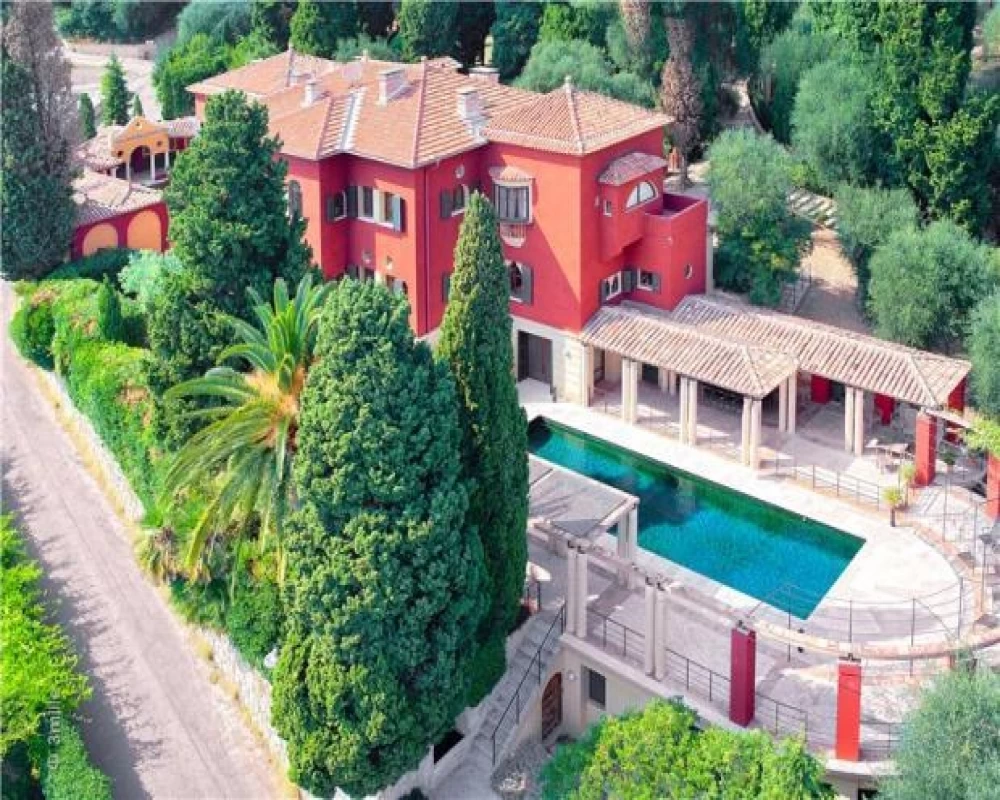How to Spot Hot Real Estate Markets

I’ve always been intrigued by the way surfers ride across the waves. The surfer waits long for a little sign, puts his gear in motion, gets into position near the peak and glides through with a small wave, trying to catch the big wave before it breaks. It’s a really risky game, requires a lot of patience. But he trusts his calculations, stays perpendicular to the upcoming waves and there he goes, riding the wave. Successful real estate investors have learnt to move like the surfer.
They have figured out that the best investment strategy as a real estate investor is to simply be on the lookout. That is, open your ears and eyes to the possibilities available to you. A lot of real estate investors built their real estate empires by being informed and proactive when they spotted opportunities. How do you adopt this same strategy and generate wealth by spotting hot real estate markets?
Yea, it’s true. Too much information may be disadvantageous in some cases. All you need may be a stroke of intuition. Alas some real estate investors fall into the trap of making ‘educated guesses’ and filling their heads with too much details. Eventually, what could appear to be a ‘hot property’ ends out being a deal turned sour. Looks may be deceiving. But you need to look at the obvious signs and trust your instinct at the same time to ride the big wave of global property investing.
IDENTIFYING AREAS OF GROWTH
1. Gentrification.
These areas may have had poor reputation in the past, but now they are seeing homeowners moving in and changing the suburban landscape. Are there a number of renovation and improvement projects going on? Are new homes being built? Which means developers are turning their focus to that area. Are new cafes or retailers opening up? Most importantly, compare house pricing for a period of 2-3 years, if prices have grown steadily, look at the demographics. An increasing number of young residents with decent incomes is a strong indication that a suburb is about to gentrify.
2. Look for the ripple effect.
If you cannot afford to buy in a hot real estate market (you may have missed the mark this time), you may still be able to shop in the area by checking the surrounding suburbs. This takes time, so you need to know what phase, the local real estate market cycle is in. This will help maximize your chances of riding the wave of growth. How to analyze real estate market cycles.
3. Examine supply and demand
The relationship between supply and demand for property in an area is a key factor in price growth. If there is no more capacity to build in the suburb, but demand continues to grow, prices are likely to rise.
TIPS FOR FINDING HIGH DEMAND AND LOW SUPPLY AREAS.
· Look for areas where rental performance is increasing. This indicates that an area is popular with tenants. When tenants become owners, they also tend to buy in the same area they are renting;
· Look at the demographics of people moving in the area. For instance, suburbs where median age is around 35 or so tend to gentrify faster as these demographics tend to have better incomes and can thus afford to buy or rent more expensive properties;
· Look for areas with increasing population. The population itself is not enough to boost prices, but when combined with other indicators such as increased incomes and low supply, this is a good indication that real estate prices will grow in the area.
· Look for large ongoing infrastructure projects. This is a good indicator that the area is likely to see an increase in demand for housing as workers gather in search of employment. Projects that have already begun are preferable, as project pledges can fall through with changes in government and as budget priorities change.
Yes, you can be the one sitting on the next hot property. All it takes is a little knowledge, research and intuition.




